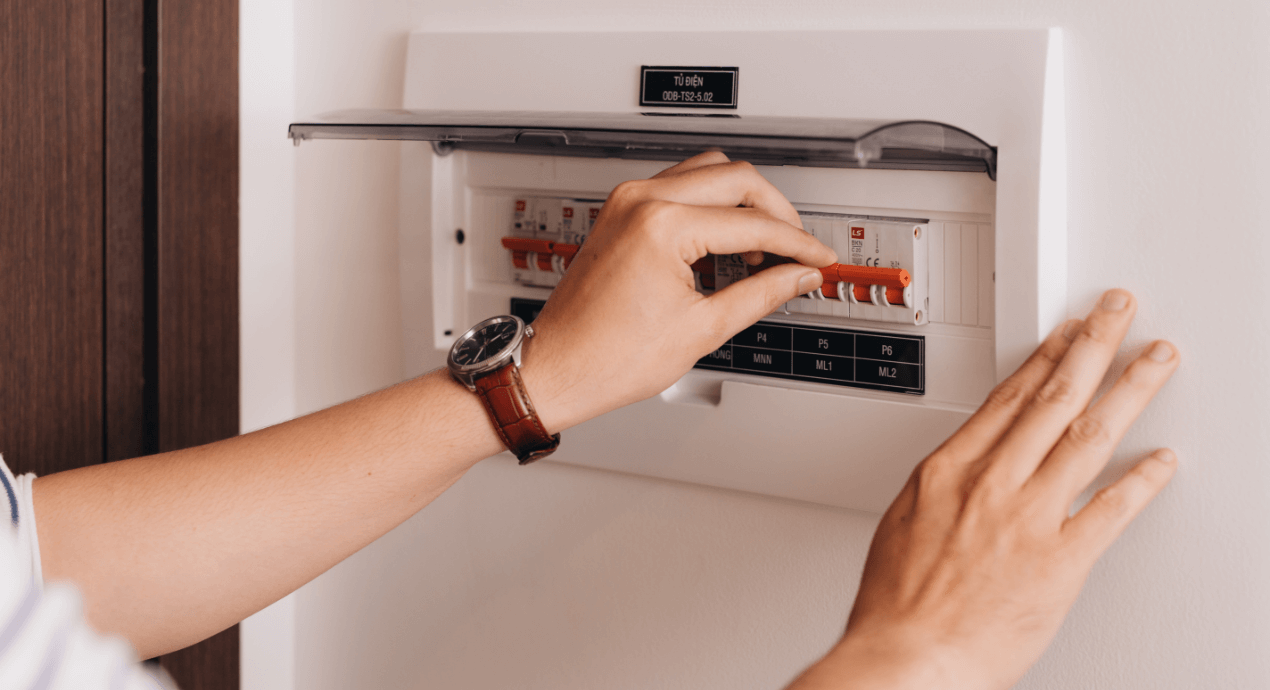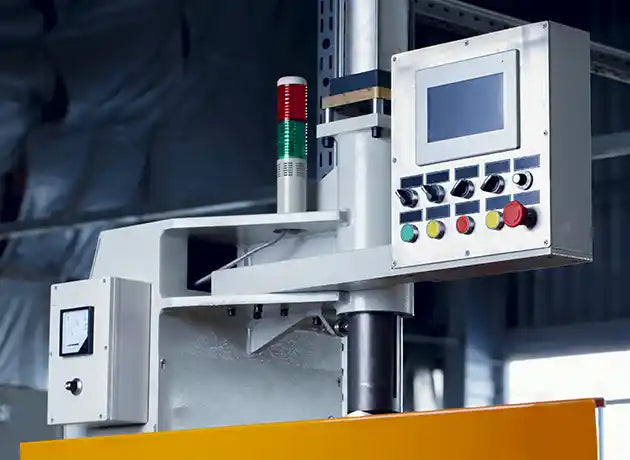Optimizing Industrial Automation with Pneumatic Cylinders
How Pneumatic Cylinders Work
A pneumatic cylinder is a mechanical device that uses compressed air to produce a force in a reciprocating linear motion. Often called air cylinders, these tools are crucial components in modern industrial automation, offering clean, quiet, and efficient operation compared to hydraulic or electric systems.
Inside the cylinder, compressed air is introduced to one side of a piston, causing it to move. This movement can be harnessed to push, pull, lift, or rotate objects — a core part of many manufacturing and assembly processes.
Types of Pneumatic Cylinders Explained
Different types of pneumatic cylinders are designed for different tasks:
-
Single-Acting Cylinders (SAC):
Air pressure moves the piston in one direction, and a spring returns it. -
Double-Acting Cylinders (DAC):
Air pressure is used to move the piston in both directions, providing more power and control. -
Rodless Cylinders:
Compact designs where the piston moves inside a sealed tube without extending outside, perfect for limited-space applications. -
Compact Cylinders:
Short stroke lengths but strong force output — ideal for small or tight installations.
Choosing the right type depends on your application's stroke length, force requirement, space constraints, and speed needs.
Choosing the Right Pneumatic Cylinder for Your Application
When selecting a pneumatic cylinder, consider:
1. Force Requirements:
Calculate the load the cylinder needs to move, factoring in friction and gravity.
2. Stroke Length:
The distance the piston needs to travel. Ensure the cylinder offers sufficient stroke.
3. Mounting Options:
Different setups like flange, foot, or trunnion mount affect performance and longevity.
4. Materials and Durability:
Choose cylinders made from stainless steel or anodized aluminum for better corrosion resistance.
5. Speed Control:
Look for models with built-in cushioning or flow control valves for smooth operation.
Final Thoughts
An efficient pneumatic cylinder selection can dramatically improve system performance, productivity, and reliability. Whether in factory automation, robotics, or packaging lines, choosing the right cylinder ensures better results and reduced maintenance costs.


